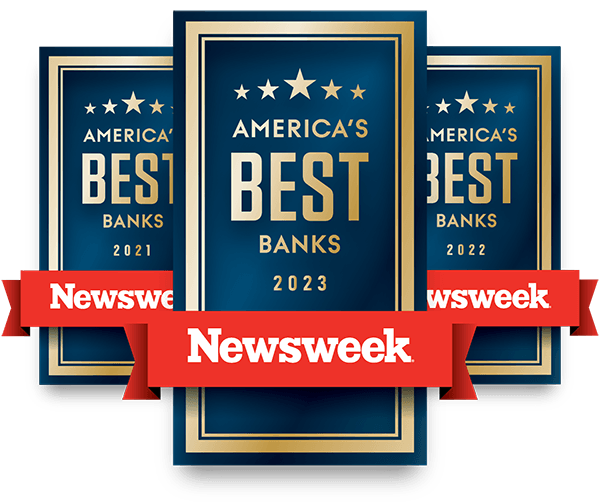Articles about Home Ownership
![Happy couple sitting on porch by plants.]()
What Age Should I Buy a House
![Man installing outdoor lighting.]()
5 Backyard Improvements That Add Value
![Couple looking sad at each other with laptop.]()
When to Walk Away After Home Inspection
![Woman looking at phone in frustration.]()
How to Stop Mortgage Trigger Lead Calls
![Couple standing in their new backyard smiling.]()
New Home Checklist Before You Move In
![A young family laughing while in the living room on a winter day.]()
How to Get Your Home Ready for Winter and Save Money on Energy Costs
![Large updated white kitchen with island.]()
DIY Bathroom and Kitchen Upgrades
![Woman working on a piece of wood outside, dog laying down nearby.]()
Remodeling Projects That Add the Most Value to Your Home
![Man applying caulking around a window frame.]()
5 Green Living Tips for Your Home
![Mature man packing to move.]()
Tips to Downsize Your Home
Awarded America's Best Big Bank - Three Years in a Row
Best Big Bank in Washington, Idaho, New Mexico
Awarded America's Best-in-State Bank
Best-in-State Bank in Washington, Nevada, New Mexico
Awarded America's Best Big Bank - Three Years in a Row
Best Big Bank in Washington, Idaho, New Mexico
Awarded America's Best-in-State Bank
Best-in-State Bank in Washington, Nevada, New Mexico











